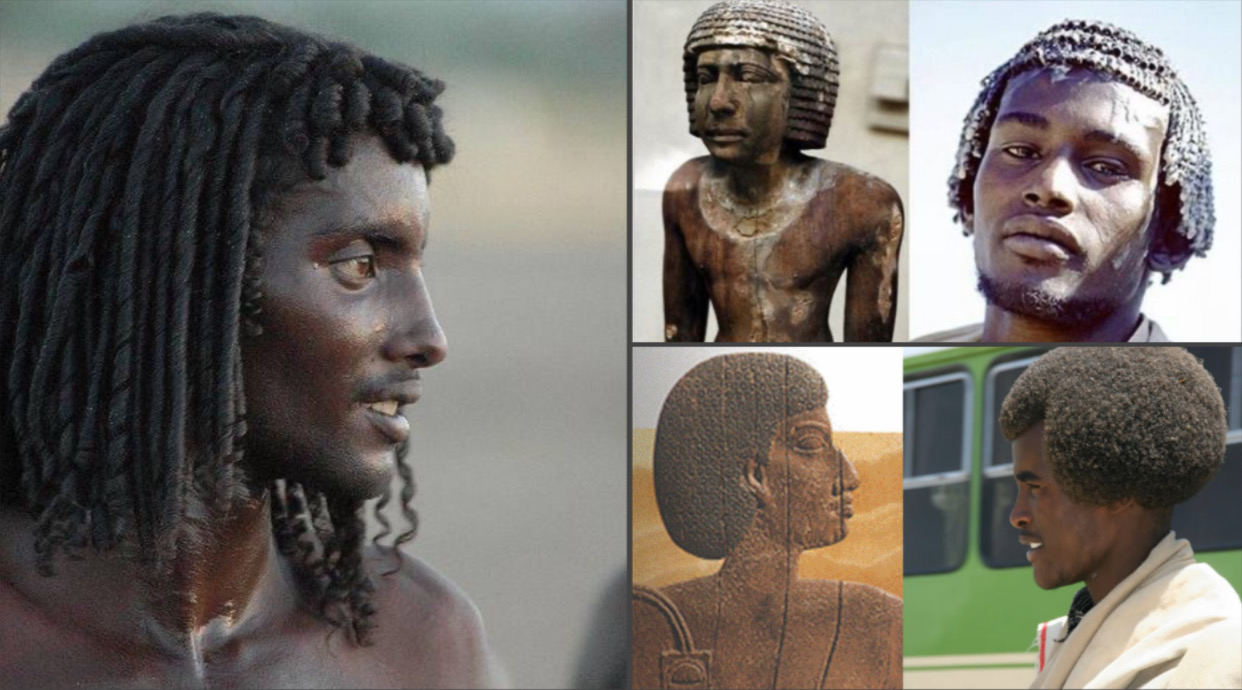The Question of Race in ancient are Egyptians Africans

A contested territory are Egyptians Africans
The human calamity of early current bondage compared west and focal Africans are Egyptians Africans with northwest Europeans in the Americas. Out of this destructive experience, race has turned into a predominant class for joining together and separating individuals in innovation. Inside the race banter, old Egypt has turned into a territory challenged by three fundamentally unrelated perspectives:
- Current Egyptian: the old Egyptians are similar gathering of individuals as the cutting edge Egyptians
- Afrocentric: the antiquated Egyptians were dark Africans, dislodged by later developments of people groups, for instance the Macedonian, Roman and Arab victories
- Eurocentric: the antiquated Egyptians are genealogical to current Europe
Sources
1. Human remaining parts: The immediate proof for discussing the inquiry is the antiquated populace as it makes due in human remaining parts. There are two predominant issues:
distributed actual anthropological investigation of gatherings remains amazingly uncommon, with most consideration going to investigations of a solitary person
objectivity stays slippery inside the race banter, and is maybe unimaginable
The commitments by Keita are remarkable exemptions for the overall absence of both segment study and objectivity (Keita 1990; Keita 1992). DNA research is relied upon to change this discussion, however self-basic cognizance isn’t shown all the time by advocates.
2. Material culture: Archeology likewise gives proof to supraregional groupings of people groups, by uncovering which regions shared, and which regions varied in, material culture: be that as it may, innovation has large amounts of instances of shared material culture sent out across social partitions (for instance, jars of North American soda pops in the Arab world).
3. Language gatherings: Another general class of proof is language: here once more, however, the cutting edge world outlines the utilization of similar language across various groupings.
A social constructivist may reason that identity is, as all the other things in human social orders, a socially concurred class consolidating topographical and recorded starting points. An Afrocentric antiquarian may answer that such a demeanor adds up to an European methodology to stop the issue of race, since it subverts as much as builds up European and North American mastery. The landscape is as yet challenged.
An old Egyptian view on race?
The topic of race can be drawn closer from another vantage-point: how did the old Egyptians bunch people? For this inquiry, there are more assorted distributed sources, including pictorial and composed.
Pictorial sources: contrasts in portraying people groups remember contrasts for
- skin tone
- facial highlights
- hair
- ensemble
- material culture (devices, weapons, other counterfeit items)
Considerable contrasts must be checked from perception of the first, or from great visual propagations; an Egyptological distribution might affirm clear contrasts in skin tone and facial highlights, where the first portrayal isn’t clear or uncovers no distinction. The different kinds of distinction might be borne out in the archeological record. Models on this site include:
- particular treatment of hair and distinctive material culture and entombment customs uncovered in ‘Container Grave internments’ of the Second Intermediate Period
- the light hair and consumed bunches found by Petrie at the New Kingdom royal residence town at Gurob
diverse ceramics customs between neighborhood (Nubian) and meddlesome (Egyptian), among finds from the - Egyptian refining province at Buhen in Nubia, Old Kingdom
Composed sources: in their composing, individuals (basically the journalists) may characterize themselves or others as the equivalent or unique. Composed hotspots for the antiquated Egyptian classifications incorporate references to unfamiliar grounds (see on this site the interpretation of the Hymns to Senusret III) and arrangements of words for sorts of individuals (see on this site the page on the Onomasticon of Amenemipet, from the late New Kingdom, after 1300 BC). The Great Hymn to the Sun, from the rule of Akhenaten, attributes contrasts in skin tone and language to the desire of the maker, in a heavenly catalyst towards variety as a statement of creation.
In these sources, there is, however, no old Egyptian meaning of Egyptianness: in the Prophecy of Neferty (a scholarly creation, most likely of the Middle Kingdom), Egypt is by all accounts characterized rather than the Asiatics infringing on the eastern edges of the Delta, yet this is a focal theme of the arrangement, and subsequently it is excessively intently attached to its setting to have the option to give an all the more by and large relevant definition.
Together, the pictorial and composed sources demonstrate most frequently four expansive divisions of people, as in the Underworld Books (in burial chambers of rulers in the New Kingdom):
- Egyptians
- those living toward the south (Nubians and others)
- those living toward the west (western migrants, ‘Libyans’ in the feeling of anybody living west of the Nile and south of the Mediterranean)
- those living toward the east (Asiatics)
More extraordinary references to people groups from the north incorporate, from the Middle Kingdom, the Keftiu (Minoans from Crete), and from the New Kingdom the Mycenaeans (from central area Greece) and the Hittites (from the focal and eastern piece of current Turkey). Toward the finish of the New Kingdom, different people groups are egyptians africans of the north show up, now and then called ‘people groups of the ocean’ or ‘in their islands’, with unmistakable outfit and headgear; they have been distinguished in certain examinations as Aegean island and waterfront bunches arising at the breakdown of the Hittite Empire. See unfamiliar contacts.
A meaning of ‘antiquated Egyptian’ in an old Greek story
The fifth century BC Greek author Herodotus records a lawful question that gives one meaning of Egyptian character: a local area on the western Delta borders contended that it ought not make good on charge, since it was outside Egypt, yet the prophet counseled for the situation offered the response that all who drank of the Nile north of Elephantine were Egyptians (Herodotus Book II, 18).
Two elements set Elephantine as a characteristic southern line for this Nile Valley Egypt:
- interchanges: voyaging south from the Mediterranean, Elephantine messengers the main gathering of rocks obstructing stream venture to every part of (the First Cataract in the Nile Valley), thus it presents a characteristic correspondences boundary to the area of generally free travel
- etymological: the region was brought together by one language, Egyptian





